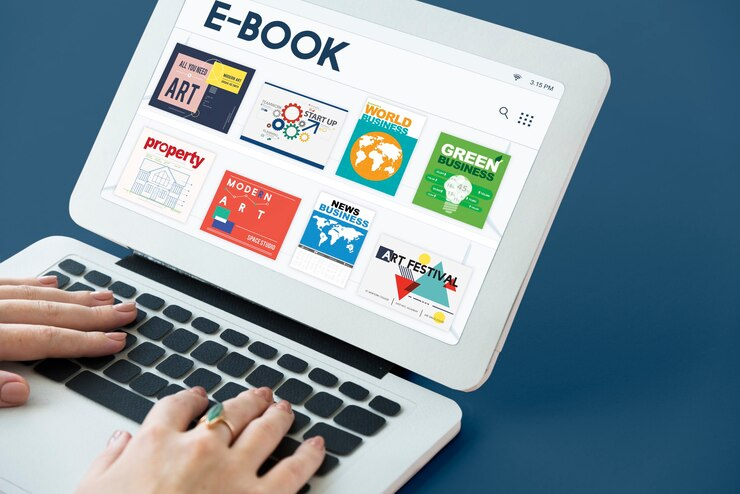Creating a compelling layout for a children’s ebook is both an art and a science. It’s about more than just placing text and images on a page—it’s about crafting an engaging and visually appealing experience that captivates young readers. For beginners, navigating the intricacies of ebook layout can be challenging, but with the right approach and tools, you can create a professional and captivating ebook. Here’s a guide to mastering the art of children’s ebook layout with essential tips and tricks for beginners.
1. Understand Your Audience
Age Appropriateness: The layout of your children’s ebook should be tailored to the age group you are targeting. For toddlers, larger text and simple images work best, while early readers may benefit from slightly more complex layouts with supportive illustrations. Middle-grade books can handle more intricate designs, but readability remains key.
Engagement Factors: Consider what elements will engage your audience. Bright colors, interactive features, and playful fonts can help maintain interest and make reading fun for children.
2. Prioritize Readability
Font Choice: Select fonts that are easy to read and age-appropriate. Sans-serif fonts are often preferred for younger readers due to their clarity. Ensure the font size is large enough for easy reading, especially on smaller screens.
Text Placement: Position the text so that it complements the illustrations without overwhelming them. Text should be easy to follow and not compete with visual elements. Use ample white space to avoid a cluttered appearance.
Line Spacing and Margins: Adjust line spacing and margins to enhance readability. Adequate spacing between lines and around the edges of the page helps prevent visual fatigue and makes the text easier to follow.
3. Integrate Illustrations Effectively
Visual-Text Harmony: Ensure that illustrations and text work together seamlessly. The images should enhance and support the text, not overshadow it. Place text in a way that guides the reader’s eye naturally through the layout.
Image Quality: Use high-resolution images to ensure they appear sharp and clear on various devices. Avoid pixelation and ensure that images are well-integrated with the text.
Interactive Elements: If your ebook includes interactive elements, such as clickable areas or animations, make sure they are intuitively placed and enhance the reading experience. Test these features thoroughly to ensure they function correctly.
4. Optimize for Multiple Devices
Responsive Design: Design your ebook layout to be responsive across different devices and screen sizes. The layout should adapt to various screens without losing readability or visual appeal. Test how your ebook appears on different devices, including tablets and smartphones.
Fixed vs. Flowable Layout: Decide whether to use a fixed-layout or flowable layout based on your ebook’s content. Fixed-layouts are ideal for books with complex formatting and illustrations, while flowable layouts adapt to different screen sizes and are suitable for text-heavy books.
5. Use Layout Tools and Software
Design Software: Utilize professional design software or ebook creation tools to help with layout. Programs like Adobe InDesign, Canva, or specialized ebook formatting tools can assist in creating a polished and professional layout.
Templates: Consider using templates designed for children’s ebooks. These can provide a solid starting point and ensure that your layout adheres to best practices.
6. Maintain Consistent Design
Style Guide: Develop a style guide that includes fonts, colors, and design elements to maintain consistency throughout the ebook. Consistency in design helps create a cohesive and professional appearance.
Layout Consistency: Ensure that similar pages or sections follow a consistent layout. This includes the placement of text and images, headings, and other elements. Consistency helps create a seamless reading experience.
7. Test and Revise
Proofreading: Carefully proofread your ebook layout to catch any errors or inconsistencies. Ensure that text is free of typos and that the layout aligns with the content.
User Testing: Conduct user testing with your target audience if possible. Gather feedback on how the layout performs and make adjustments based on their responses. This can help identify areas for improvement and ensure that the layout is engaging for young readers.
Conclusion
Mastering the art of children’s ebook layout involves understanding your audience, prioritizing readability, and integrating illustrations effectively. By optimizing for various devices, using appropriate design tools, and maintaining consistency, you can create a layout that enhances the reading experience and captivates young readers. With these tips and tricks, beginners can confidently design a children’s ebook that stands out and delights its audience.

